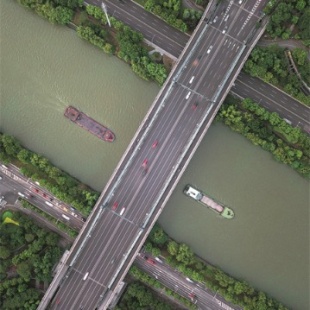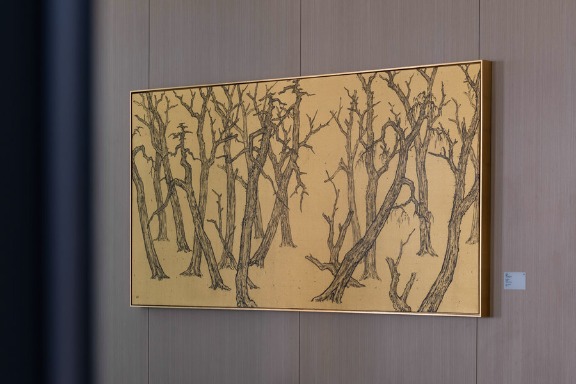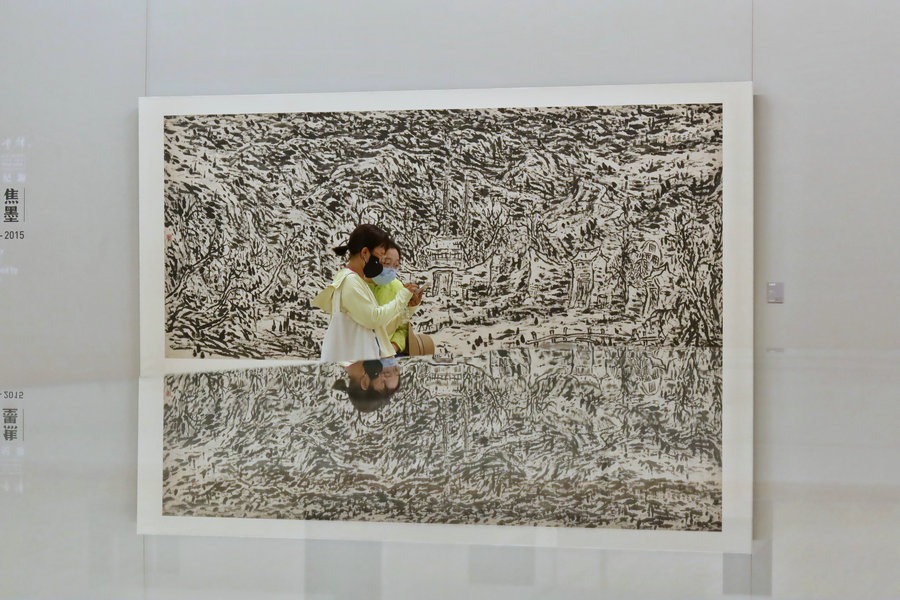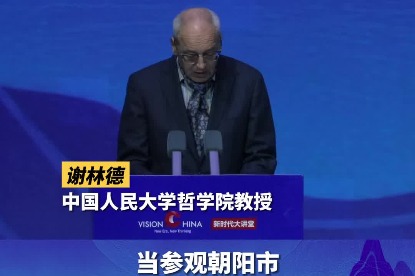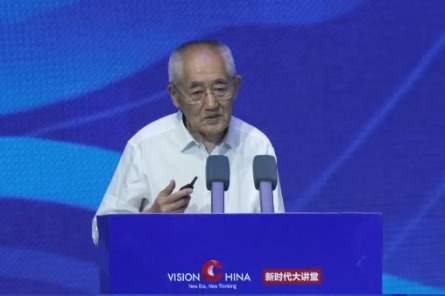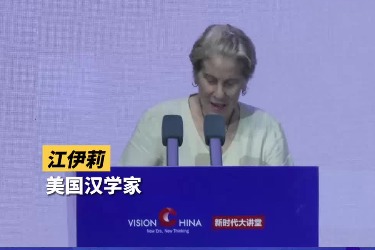Canal chronicles

Restoration challenges
The ancient architectural cluster covers an area of more than 15,000 square meters, and will soon be ready for public viewing. "The location, shape and size of each building is traceable through history," says Hao Hongwei, who is in charge of technical maintenance.
Hao couldn't hide his excitement while speaking about the Shengxun Pavilion on the western side of the Hall of Great Achievement. "It was just gone; its foundation couldn't be found during renovation of the temple," he says.
And then, like a miracle, an old picture of the pavilion-built to show respect toward the saint's wisdom-was found. "The picture, taken between 1912 and 1949, clearly shows the pavilion's position and structure," he adds.
The pavilion had a door to the south and no windows on any side. It was one of the many challenges that Hao and his team had to overcome during the restoration process.
The area around the Confucius temple was occupied by factories and residences in the 1950s, and they undermined the shrine's layout. All unauthorized constructions were cleared at the beginning of the 21st century.
It took Hao's team a week to demarcate the space around whatever was left of the ancient edifice. The protection crew then began recovering foundations of the structures. "We found a network of bomb shelters. These were flagged as immediate hazards because they could let rainwater in," Hao says.
So, beams were erected inside the bomb shelters while work to reinforce the ancient structures continued. Time-tested materials, ranging from lime earth and gray bricks, were used to restore the original framework of the cluster.
Just when construction workers got busy with the Confucius temple, they found something that didn't look right with the Randeng Pagoda. Professional investigation corroborated their suspicions and ascertained a 7-degree tilt to the southeast.
The project to remedy the leaning pagoda started in 2016. Scaffolding was anchored to the ground, 20 centimeters from the tower, to ensure complete stability and zero chance of compromising the ancient architectural wonder, Hao says.
The restoration team first meticulously removed the white coating left by a major overhaul in 1986, and unveiled the delicate details of the clay sculptures on the tower, such as their armor scales and flying ribbons.
The number of wind bells and their positions were all accounted for before being taken off one by one for repair, Hao says.


